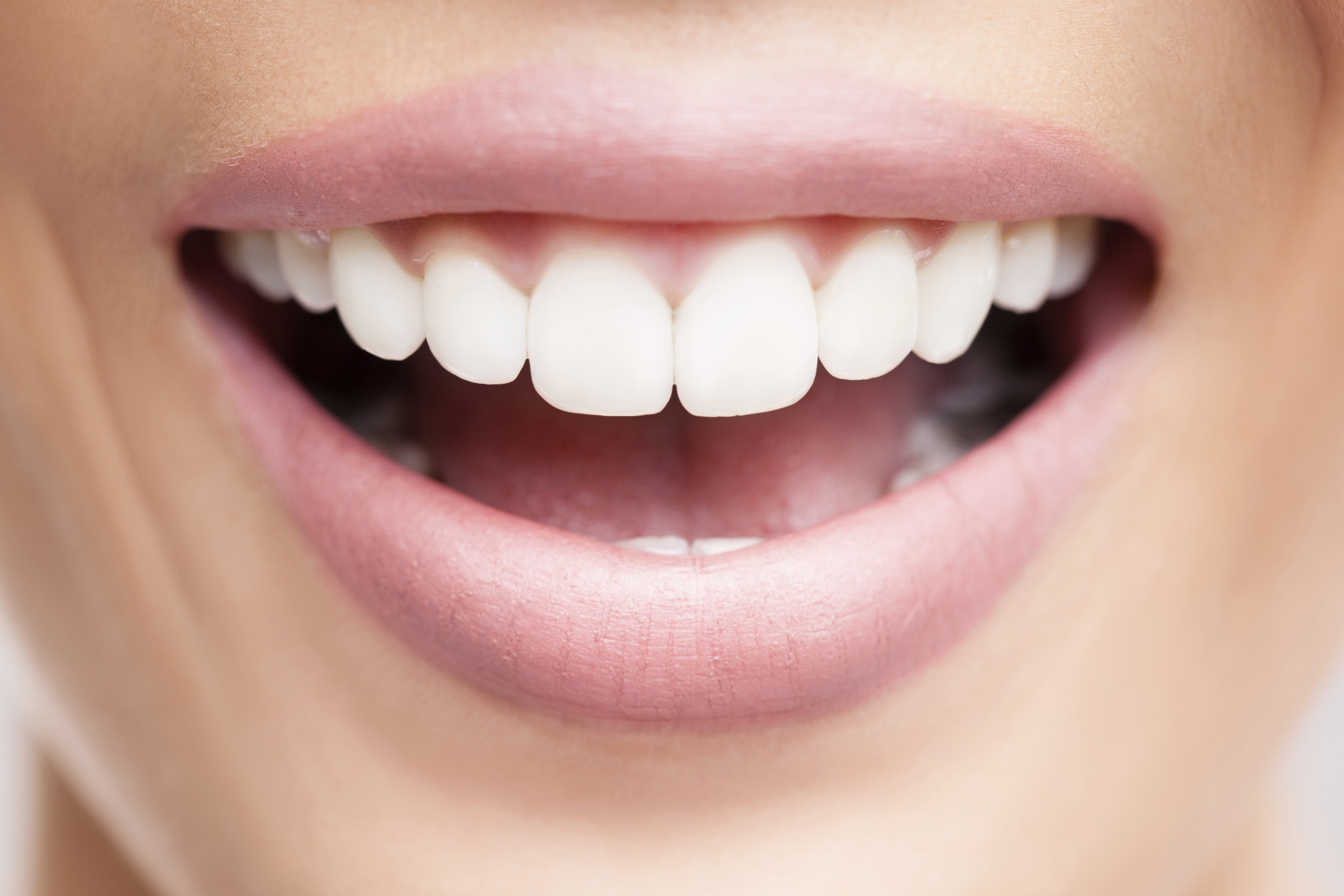Bad Breath
-
Content written by Emily Wagner, MS | Reviewed by Greg Grillo, DDS | Last updated 6/7/2023
- Overview
Overview
What is bad breath?
Bad breath, also known as halitosis, is a common oral health issue that affects individuals of all ages. Those afflicted with bad breath may include individuals with poor oral hygiene habits, the elderly, disabled individuals, and young children who struggle with oral hygiene tasks.
People who use mouth appliances, such as orthodontics or dental braces, may also encounter this problem. Smokers increase their risk of developing halitosis and periodontal disease. Individuals with tooth decay, kidney disease, impacted teeth, abscessed teeth, periodontal disease, and dry mouth are also at risk of experiencing chronic bad breath.
Who else might experience bad breath? Those who take vitamins/supplements, antihistamines, and cardiac medications are also susceptible to bad breath. Individuals with an inadequate diet may also suffer from bad breath, and foods like garlic, onions, cabbage, coffee, and diet soda can all contribute to halitosis.
What causes bad breath?

Oral hygiene habits
Maintaining proper oral hygiene is crucial to preventing bad breath. This entails removing bacterial plaque from the teeth and gums. Failure to do so can result in halitosis, tooth decay, toothaches, and gum disease.
Brush your teeth at least twice a day and floss between each tooth daily. Additionally, your dentist may recommend brushing and flossing after consuming high-protein meals or other foods that may contribute to foul breath and dehydration.
Using an antiseptic mouthwash in the morning, after meals, and before bedtime can also help reduce the growth of bacteria that cause bad breath. Antiseptic mouthwash products vary in their ingredients. Some contain zinc chloride, chlorhexidine, chlorine dioxide, and oils. However, many mouthwashes contain high levels of alcohol, which can dry out the mouth and promote bacterial growth. Consider using a rinse specially formulated for bad breath, such as Closys.
Tongue scrapers are another useful tool for managing bad breath and are used to gently remove the bacterial film from the back of the tongue, where it tends to accumulate.
If you wear dental braces, dentures, or other dental appliances, your dentist will provide you with precise cleaning instructions. It is essential to follow these instructions precisely, especially for removable night appliances, to help prevent bad breath.
A proper diet
Your overall diet significantly impacts your oral health, and certain foods can stimulate saliva flow, reducing the risk of bad breath.
Consuming a healthy breakfast promotes saliva flow after a night’s rest, during which bacteria and odors can accumulate in your mouth. Foods high in fiber, such as raw vegetables, can help decrease the risk of halitosis.
Beverages high in sugar and acid, such as juices and sodas, encourage the growth of bacteria that cause halitosis.
Treatment options
Antiseptic mouthwashes, mints, and specific gums offer a temporary solution for bad breath, but they cannot entirely prevent it.
Straws help direct starchy and sticky liquids past the teeth and tongue, preventing them from lingering in the mouth and nourishing bacteria. They are especially useful for the elderly, young children, and disabled individuals who may have difficulty with dental hygiene tasks.
Over-the-counter and prescription medications can assist individuals with dry mouth, and certain toothpastes, toothbrushes, and mouthwashes are available to alleviate dry mouth symptoms.
If you suffer from bad breath and have discolored mucus, colored bumps, or blotches on your tongue, it may be indicative of a more severe medical condition. It is advisable to see your dentist as soon as possible for a diagnosis.
EnhanceMyself.com relies on sources such as professional medical organizations, government agencies, academic institutions, and peer-reviewed scientific journals to write it’s articles. Learn more about how we ensure our content is accurate, in-depth, and unbiased by reading our editorial guidelines.
*Medical Disclaimer: This website does not provide medical advice. Read more.


